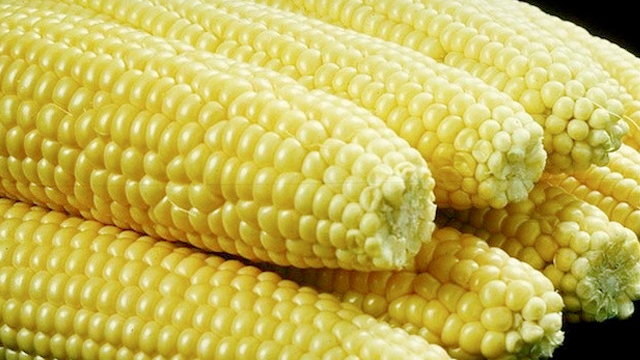The sugary, “supersweet” corn we enjoy in summer bears little resemblance to its wild ancestor–a grassy plant called teosinte. With short spikes of grain instead of ears, teosinte has only 5 to 12 kernels in each spike and the kernels are encased in hard shells. High in starch, low in sugar, teosinte has 10 times more protein than the corn we eat today.
The case of corn illustrates a much broader trend of nutrient loss in our fruits and vegetables. Thanks to selective breeding practices and spontaneous mutation events, the food we grow contains far fewer nutrients than the wild plantlife from which it derives. That’s the central tenet of an eye-opening recent New York Times op-ed by Jo Robinson, author of “Eating on the Wild Side: The Missing Link to Optimum Health” (available on June 4). Robinson explains:
Each fruit and vegetable in our stores has a unique history of nutrient loss, I’ve discovered, but there are two common themes. Throughout the ages, our farming ancestors have chosen the least bitter plants to grow in their gardens. It is now known that many of the most beneficial phytonutrients have a bitter, sour or astringent taste. Second, early farmers favored plants that were relatively low in fiber and high in sugar, starch and oil. These energy-dense plants were pleasurable to eat and provided the calories needed to fuel a strenuous lifestyle. The more palatable our fruits and vegetables became, however, the less advantageous they were for our health.
So how do we as consumers address the issue? Robinson lays out some helpful hints. As for corn, she says, select the type with deep yellow kernels, and if you’re cooking with cornmeal, use blue, red, or purple. In the lettuce section, look for high-antioxidant arugula, which is very similar to its wild ancestor. Scallions, or green onions, have more than five times more phytonutrients than many common onions do. And use lots of herbs:
Herbs are wild plants incognito. We’ve long valued them for their intense flavors and aroma, which is why they’ve not been given a flavor makeover. Because we’ve left them well enough alone, their phytonutrient content has remained intact.
Read the article here.
(via NYT)
Photo via Co.Exist
